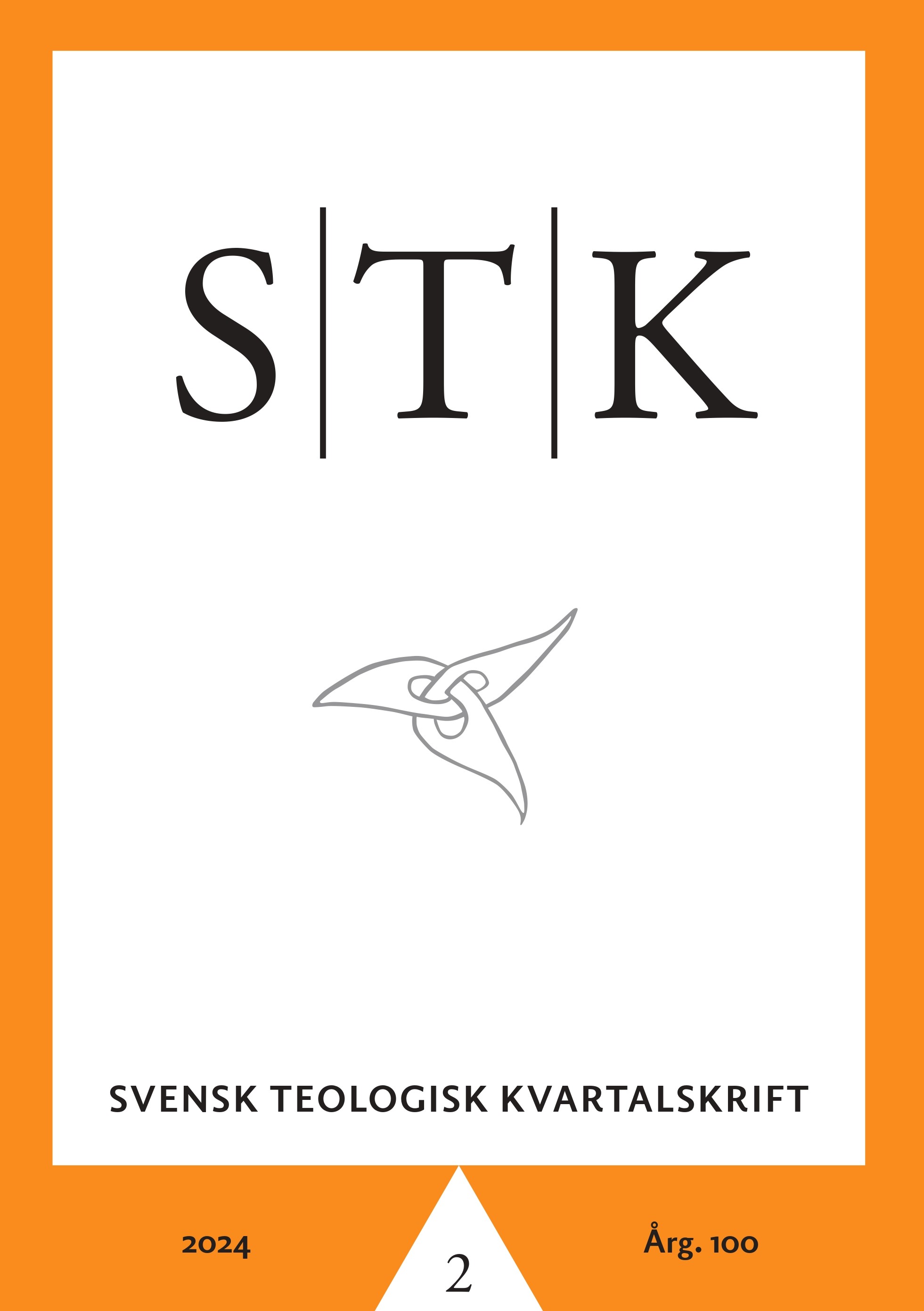Med det förflutna för ögonen
DOI:
https://doi.org/10.51619/stk.v100i2.26356Abstract
At a retirement it is natural to have the past in front of you, in particular as a historian. But contrary to what we normally think – that we have the past behind us and the future in front of us – all of us in reality look at the future through the past. What we see is not what will happen but what has happened, and, moreover, as interpreted by our experiences of what has happened earlier. The past has not only made us to who we are, but also tells us what we see. Studying the past, both our own and others', is the only way to grasp what is happening and to get to know and understand one another. The past shows us our differences, not, as we often think, what unites us. This we need to find out. As a church historian, I have realized that the image of the church as a tree with a common root and branches that eventually divide us is historically false. The history of Christianity rather reveals there is a constant ongoing process of unification in which differences and divisions constantly emerge from the periphery, often from changing circumstances, and that they gradually become assimilated. Thus what is common is rather a goal than a beginning.
Downloads
Published
Issue
Section
License
Copyright (c) 2024 Samuel Rubenson

This work is licensed under a Creative Commons Attribution-NonCommercial-NoDerivatives 4.0 International License.


